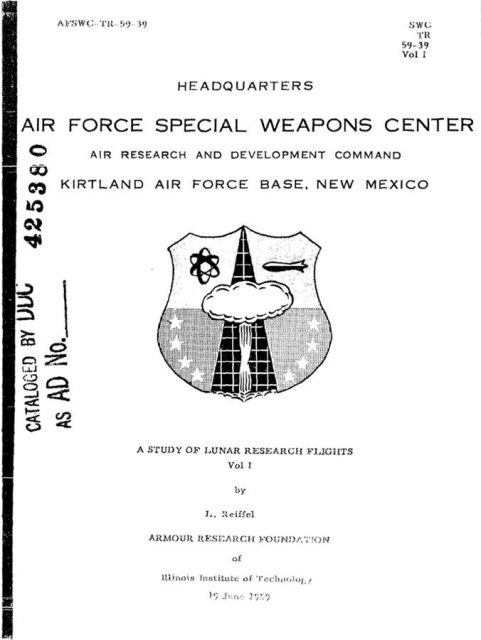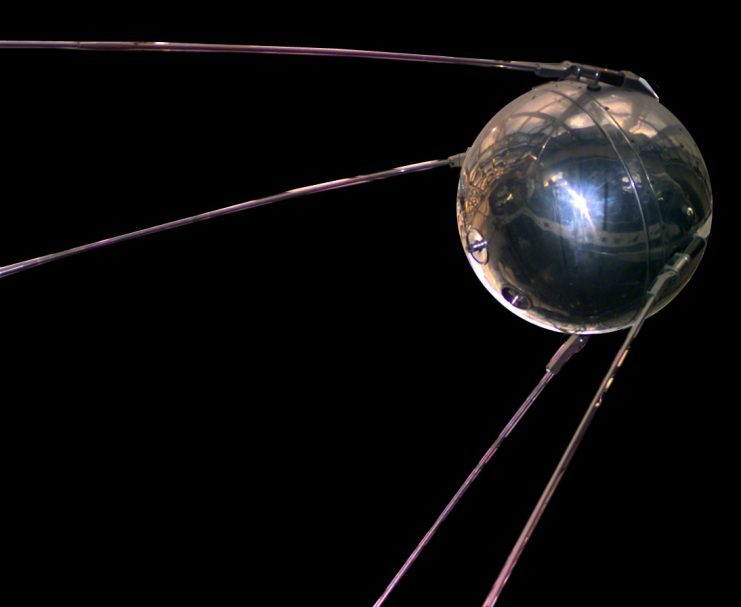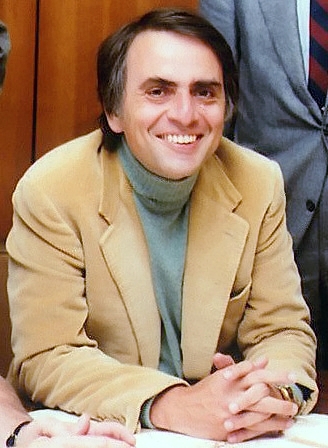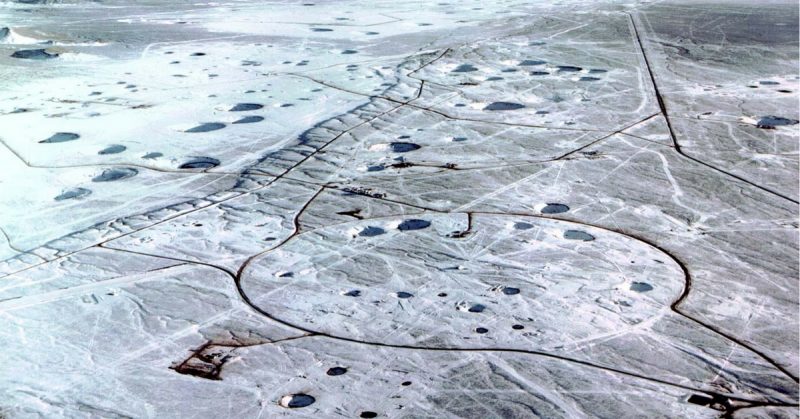In the late 1950s, in the midst of the Cold War, the United States developed a super-secret plan referred to as Project A119, involving the Air Force Special Weapons Center. The project’s aim was to set off a nuclear bomb – on the moon.
The purpose was two-fold. Firstly, to discover unknown information about the moon and outer space. Secondly, to show off the prowess the US had to the Soviet Union, with whom they were in the Space Race.
However, there were several flaws in their plan. As the blast might have been visible to people on Earth, the Air Force decided the public might respond negatively to the militarism of the moon. Also, it was feared that if the bomb did not make it to the moon, it could fall back to Earth and cause a catastrophe. Instead of an atomic bomb, it was decided to put a man on the moon – a plan much more readily acceptable by the public and more impressive in many ways.
In 2000 the existence of the project was revealed by two of the men who were involved in it. The United States has never officially admitted it was involved in Project A119, and most of the records and papers on the project have been destroyed.

How Project A119 Came to Be
The US was not happy when the Soviet Union launched their Sputnik satellite successfully. The Americans had previously made unsuccessful attempts at satellite launches. Officials decided it was time to step up their game.
Their previously effective show of power – the nuclear bomb – had worked well so why not put it somewhere everyone could see it. In 1942, the Armour Research Foundation had begun studying nuclear explosions in space. Initially, it was believed an explosion on the moon would boost American morale although officials eventually determined it would have the opposite effect.
Newspapers reported on rumors circulating that the Soviet Union was trying to put a hydrogen bomb on the moon. Supposedly, the Soviets were going to celebrate the anniversary of the October Revolution with an explosion during a lunar eclipse.
In response, the US expanded its efforts and increased its manpower. Leonard Reiffel, a NASA executive, began by leading a 10-man team in Chicago to figure out what exactly would happen if the US went ahead with its plan. How would it appear on Earth? Would it be clear what it was? Would there be dangerous repercussions in space and also back on Earth? Would it help scientists in any way? There was even a special team to figure out how big the dust cloud would be that the bomb would create.

At first, a hydrogen bomb was considered, as that was what the Soviets were apparently using. However, the Air Force turned that idea down, as they believed a hydrogen bomb would be far too heavy to launch into space. It was decided a small nuclear bomb would be used. The bomb that was configured in the plan was 1.7 kilotons whereas the bomb that was dropped on Hiroshima was up to 18 kilotons.
A rocket would carry the bomb to the dark side of the moon, and then as soon as it landed, it would explode. It was very carefully planned so that the bomb would explode in just the right place to be lit up by the sun on impact, causing the most visibility and drawing the most attention from earth.
The Death of Project A119
In 1959, the military changed its mind. Realizing public reaction to the explosion, particularly if anything went wrong such as the bomb falling back to Earth, it canceled the project. Also, researchers pointed out the nuclear fallout could have implications if the US ever wanted to colonize the moon.
After the project had been canceled, it was discovered the Soviets did have a similar plan that also failed. The Soviets in their Project E-1 would have progressed in four stages, including sending probes to the dark side of the moon to take photos. They also halted their project for much the same reasons as the US.

In 1963 and 1967 two treaties were signed which prevented any further attempts at sending nuclear bombs to the moon. However, it did not stop some researchers from proposing the US send what they called a “smallish” nuclear device to the moon. It was not to be as a show of power but to obtain information about the moon’s geological makeup. The proposal was dismissed.
The project was eventually revealed to the public in the late 1990s by a biographer writing about one of the researchers on the project, Carl Sagan. The revelation going public prompted Leonard Reiffel to confirm it did take place.
